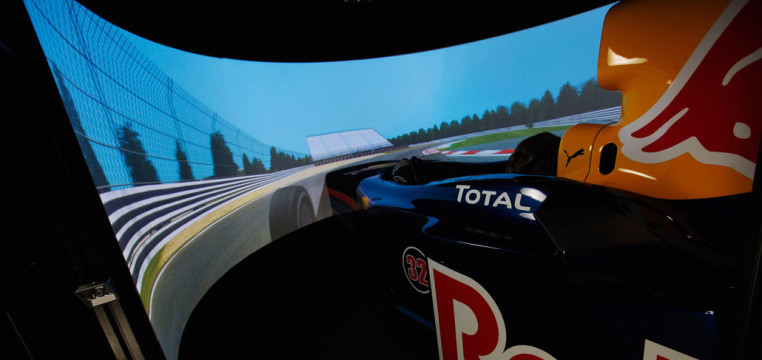It’s a state-of-the-art machine that costs more than most houses. It even helped Red Bull Racing win 8 world titles. Today I want to talk to you about the Red Bull Simulator.
The Team
The Red Bull Racing team started in 2005 from the ashes of the Jaguar F1 Team. Facing off against the well-established teams of Formula One such as Ferrari, McLaren, and Mercedes, they won four drivers world championships and four constructors championships in just nine years.
From the outset, the Red Bull Racing team’s approach has been very different from the others. They have always been more open to the fans on the race track. Unlike the more conservative teams, they play loud techno music and party hard in the Energy Station in their paddock.
It was an entirely different approach that showed you could be young and modern while still winning trophies against stronger, well-established teams. I see them as a more marketing-oriented team than anybody else online. Their internet presence and social media game is absolutely on point.
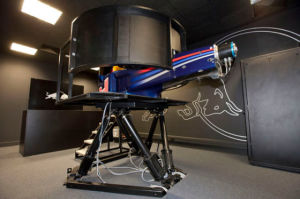
Nerdy Tech
In Formula One, we’ve seen less and less live testing. Due to rule changes and an effort to reduce costs before and during the season, most teams have invested in money in their simulator programs. Using a simulator allows them to test new parts, try new setups, and train their drivers. The ability to run hundreds of virtual laps on any circuit in the world without incurring wear and tear, much less the session costs that come with live runs enables them to optimize their cars without exploding their budget.
There’s no doubt that one of the key ingredients to the Red Bull team’s success has been their F1 Simulator. The Red Bull Simulator runs almost every day of the week in a windowless room. With the genuine feel of a single-seater, it’s used by rookies to learn new tracks while more experienced drivers use it to remember the nuances of tracks they’ve raced before. Many of their drivers from the Red Bull Junior Program are paid to run hundreds of laps to collect data on setups, radios, and other gear for the next Grand Prix.
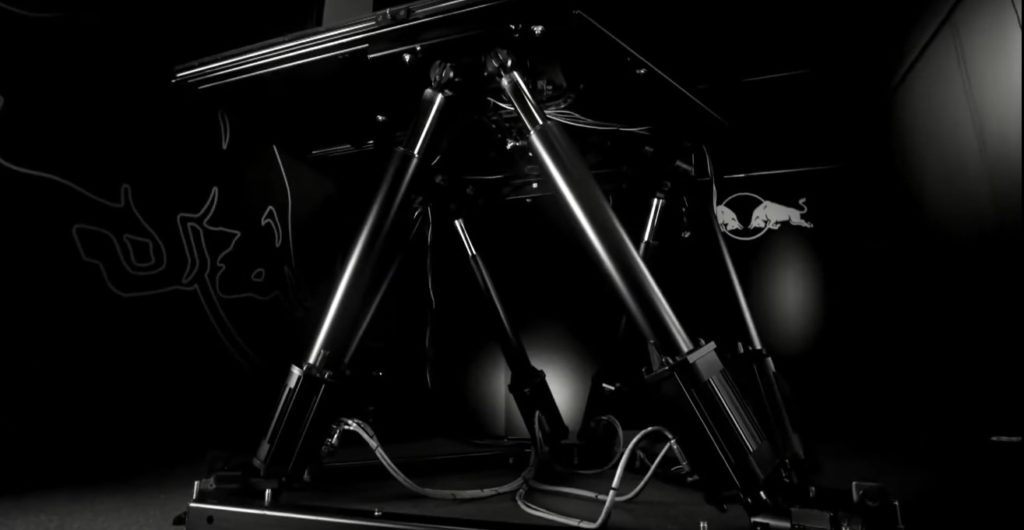
The simulators consist of a chassis attached to electromechanical systems that are controlled by specialized computers running programs that process complex models of cars and tracks. To reproduce the passenger compartment, the electromechanical systems move the chassis in response to the commands given by the pedals and the steering wheel. This simulates the lateral, accelerating, and braking forces that the driver feels in actual on-road racing.
The Red Bull Simulator isn’t like one of those commercial racing seats you buy in a game shop. It’s important to get the driver sitting in the right position to be driving a single-seater racing car, which is why they use the real thing. The driver sits in the correct position, using the same pedals they would use in their race car with the right level of feel and travel in those pedals.
“We use a real Formula 1 chassis, (taken from the chassis of the RB1) placed on a Hexapod platform, which is used in most commercial simulators” Said Red Bull development engineer, Andrew Damerum. “The Hexapod and the Projectors are the only part of the simulator we purchased. All the rest is produced by Red Bull Technology, including the pedal, the seat, and the steering wheel“.
The steering wheel is from the 2014 Rb model and all of the buttons operate through the main computer. The drivers can use it to do things like changing the front wing angle and moving around the level of the front end grip.
The cockpit sits on top of a hexapod platform with six-degrees-of-freedom. Around the platform is a 180° panoramic screen that completely immerses the driver in the environment. Three projectiondesign® projectors from Barco show the image of the virtual circuits down to the smallest detail. It’s set-up to completely immerse the driver in the simulation.
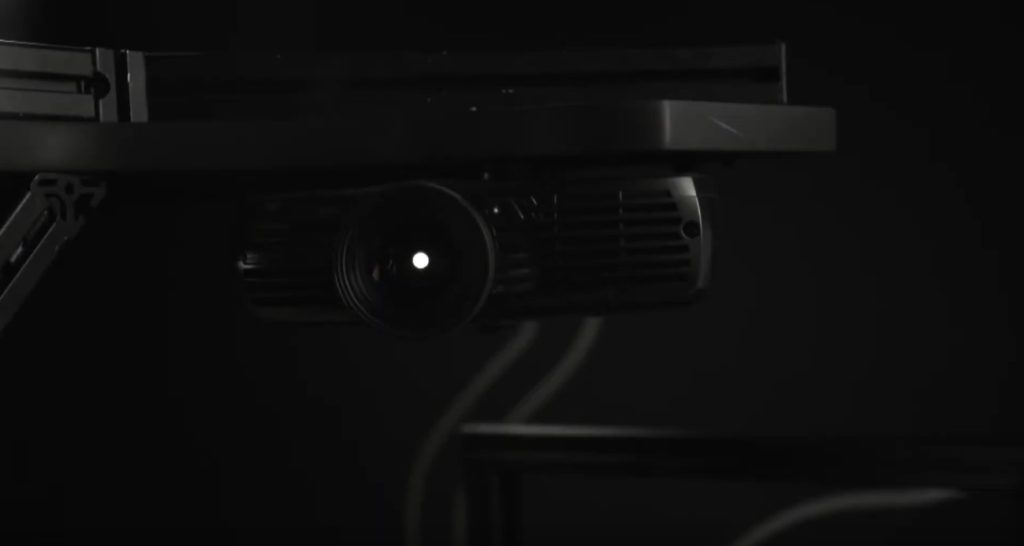
“We model the cars and the tracks in our systems.” Damerum explains. “These computational models are based on the real mechanical, dynamic, and aerodynamic characteristics of the car. In this way, we can do many more things than with the real car.”
Feedback through the direct drive steering wheel helps to simulate the motion of driving around a circuit. The simulator is equipped with a plethora of sensors that signal the various inputs from the drivers. This entire rig takes 6 very powerful PC’s; one for each projector, one to blend the three images together, and another to control the motion of the platform.
Red Bull engineer Damerum explains, “We can change the pressure and wear of the tires, the aerodynamic load of the car, the characteristics of the engine, and the height of the chassis from the ground, we can simulate practically anything. The engineers use the work done on the simulator to make comparisons between the various settings. We can answer any questions without taking a single lap on the track,”
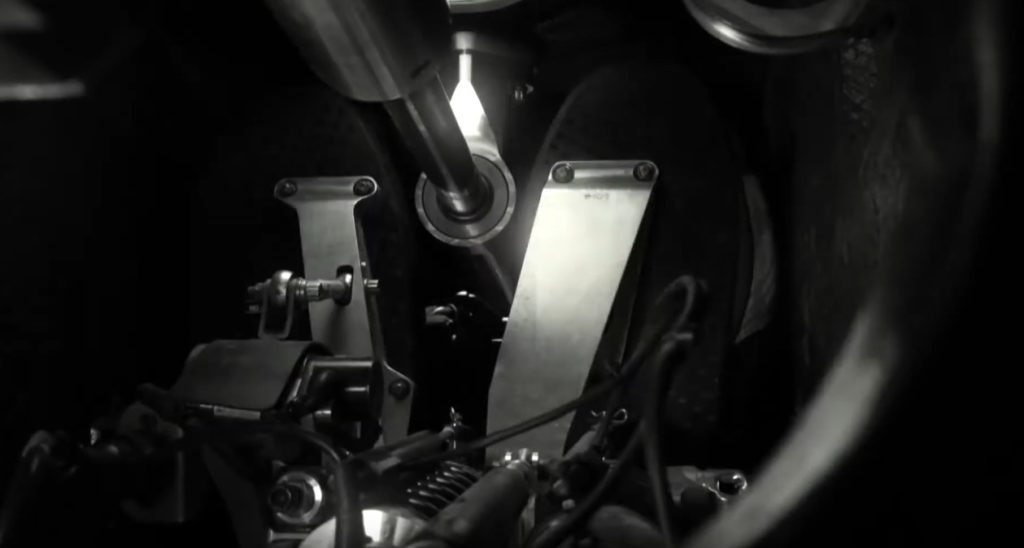
The Timeline
The Red Bull Simulator was built around 2008/2009. Originally, it ran rFactor which is a very popular racing simulation software from Image Space Incorporated. If you watch some of their old simulator videos with Sebastian Vettel and Mark Webber, they show you each of the track characteristics. You can see some very popular rFactor tracks versions that are available for the community. I think pretty after the bord of rFactor Pro they switched their software to that.
How does a typical Red Bull Simulator session work?
In their F1 Simulator, the Red Bull team can simulate any set-up that we might see on the track during a race weekend or a testing program. They can change springs, anti-roll bars, weight distribution, camber, toe-in fuel levels, pretty much anything they can change on the track. They can also adjust wing levels to change the overall aerodynamic drag. The sessions done in the simulator are designed and structured like real test sessions on the track.
“We prepare a test program as if it were a day on the track. The pilot starts with a few warm-up laps to get used to the simulator environment, especially if he has not used it for some time.” ~ Andrew Damerum
“If it is a training session where we try to improve the technique, we only do 5 or 6 laps at a time, and then we examine the collected data and the engineers check them with their drivers.” ~ Andrew Damerum
“If we are preparing for a Grand Prix, we start the day with the car’s well-known basic settings. Once the driver has settled down and his lap times are good, we start the test session. This includes rapid setup changes so that the driver feels how the mechanical and aerodynamic changes alter the balance of the car.” ~ Andrew Damerum
“We can also simulate entire qualifying and race sessions. We can also reduce the adhesion of the track surface and simulate rain.” ~ Andrew Damerum
One thing is for sure: if you suffer from motion sickness, the simulator probably isn’t the place for you! This beauty is an absolute beast and so realistic you’d actually believe you were running a live F1 circuit.
How many of you would like to get a try on that machine? I’m sure I’m not the only one who would!

